Model Test Study on Deformation Characteristics of a Fissured Expansive Soil Slope Subjected to Loading and Irrigation
Abstract
:1. Introduction
2. Background and Specimen Preparation
2.1. Background
2.2. Specimen Preparation
3. Methodology
3.1. Slope Model Preparation
3.2. Data Processing Method
3.3. Test Steps
4. Results and Discussion
4.1. Deformation Characteristics of the Expansive Soil Slope Model with No Prefabricated Crack
4.2. Deformation Characteristics of the Expansive Soil Slope Model with One Crack
4.3. Deformation Characteristics of the Expansive Soil Slope Model with Crack Networks
4.4. Deformation Characteristics of the Expansive Soil Slope Model after Reinforcement
5. Conclusions
- Overburden pressure or gravity stress results in tensile strain in the middle and compressive strain at the foot of the expansive soil slope without prefabricated cracks. Water infiltration promotes the extension of tensile strain on the surface of the slope.
- Excessive overlying stress revives the existing cracks and produces sliding along the crack interface of an expansive soil slope with one crack. Additionally, water infiltration promotes the formation of a shallow sliding surface.
- The sliding surface commonly appears where crack networks exist in the shallow of an expansive soil slope. Water infiltration promotes the extension of tensile strain on the surface of the slope with crack networks, which intensifies the formation of surface- or shallow-layer sliding surfaces.
- The middle and foot of the fissured expansive soil slope are the key positions for reinforcement, which were revealed by the mutual transformation of tensile strain and compressive strain on the surface of the slope.
- The controlling effects of cracks on strain continuity, stress transfer and the stability of the expansive soil slope were revealed from the perspective of slope strain development under different loadings and irrigation.
- Water infiltration has a great influence on the stability of the slope surface; more importantly, it causes the sliding surface of the fissured expansive soil slope to be shallower.
- Because the water used in the test was plain water, there was no color mark, so the flow of water could not be seen in the seepage process. In future studies, colored water or tracers could be used for seepage tests to track fluid flow through cracks.
- The quantitative study of the effect of cracks on slope stability should be the focus of future work.
Author Contributions
Funding
Institutional Review Board Statement
Informed Consent Statement
Conflicts of Interest
References
- Khazaei, J.; Moayedi, H. Soft expansive soil improvement by eco-friendly waste and quick lime. Arab. J. Sci. Eng. 2019, 44, 8337–8346. [Google Scholar] [CrossRef]
- Krohn, J.P.; Slosson, J.E. Assessment of expansive soils in the United States. In Proceedings of the 4th International Conference on Expansive Soils, Denver, CO, USA, 16–18 June 1980; pp. 596–608. [Google Scholar]
- Shi, B.; Jiang, H.; Liu, Z.; Fang, H. Engineering geological characteristics of expansive soils in China. Eng. Geol. 2002, 67, 63–71. [Google Scholar] [CrossRef]
- Steinberg, M. Geomembranes and the Control of Expansive Soils in Construction; McGraw-Hill: New York, NY, USA, 1998. [Google Scholar]
- Tiwari, N.; Satyam, N. Coupling effect of pond ash and polypropylene fiber on strength and durability of expansive soil subgrades: An integrated experimental and machine learning approach. J. Rock Mech. Geotech. Eng. 2021, 13, 1101–1112. [Google Scholar] [CrossRef]
- Pei, P.; Zhao, Y.L.; Ni, P.P.; Mei, G.X. A protective measure for expansive soil slopes based on moisture content control. Eng. Geol. 2020, 269, 105527. [Google Scholar] [CrossRef]
- Ng, C.W.W.; Zhan, L.T.; Bao, C.G.; Fredlund, D.G.; Gong, B.W. Performance of an unsaturated expansive soil slope subjected to artificial rainfall infiltration. Geotechnique 2003, 53, 143–157. [Google Scholar] [CrossRef]
- Azam, S.; Wilson, G.W. Volume change behavior of a fissured expansive clay containing anhydrous calcium sulfate. In Proceedings of the 4th International Conference on Unsaturated Soils, Carefree, AZ, USA, 2–6 April 2006; Volume 1, pp. 906–915. [Google Scholar]
- Krisnanto, S.; Rahardjo, H.; Fredlund, D.; Leong, E. Water content of soil matrix during lateral water flow through cracked soil. Eng. Geol. 2016, 210, 168–179. [Google Scholar] [CrossRef]
- Xie, C.R.; Ni, P.P.; Xu, M.J.; Mei, G.X.; Zhao, Y.L. Combined measure of geometry optimization and vegetation for expansive soil slopes. Comput. Geotech. 2020, 7, 103588. [Google Scholar] [CrossRef]
- Li, J.H.; Zhang, L.M. Study of desiccation crack initiation and development at ground surface. Eng. Geol. 2011, 123, 347–358. [Google Scholar] [CrossRef]
- Qi, W.; Zhang, Z.Y.; Wang, C.; Chen, Y.; Zhang, Z.M. Crack closure and flow regimes in cracked clay loam subjected to different irrigation methods. Geoderma 2020, 358, 113978. [Google Scholar] [CrossRef]
- Xu, J.; Ren, J.; Wang, Z.; Wang, S.; Yuan, J. Strength behaviors and meso-structural characters of loess after freeze-thaw. Cold Reg. Sci. Technol. 2018, 148, 104–120. [Google Scholar] [CrossRef]
- Ding, L.Q.; Vanapalli, S.K.; Zou, W.L.; Han, Z.; Wang, X.Q. Freeze-thaw and wetting-drying effects on the hydromechanical behavior of a stabilized expansive soil. Constr. Build. Mater. 2021, 275, 122162. [Google Scholar] [CrossRef]
- Lu, Y.; Liu, S.; Alonso, E.; Wang, L.; Xu, L.; Li, Z. Volume changes and mechanical degradation of a compacted expansive soil under freeze-thaw cycles. Cold Reg. Sci. Technol. 2019, 157, 206–214. [Google Scholar] [CrossRef]
- Chen, L.; Yin, Z.Z.; Zhang, P. Relationship of resistivity with water content and fissures of unsaturated expansive soils. J. China Univ. Min. Technol. 2007, 17, 537–540. (In Chinese) [Google Scholar] [CrossRef]
- Hou, T.S.; Xu, G.L.; Shen, Y.J.; Wu, Z.Z.; Zhang, N.N.; Wang, R. Formation mechanism and stability analysis of the Houba expansive soil landslide. Eng. Geol. 2013, 161, 34–43. [Google Scholar] [CrossRef]
- Cho, S.E.; Lee, S.R. Instability of unsaturated soil slopes due to infiltration. Comput. Geotech. 2001, 28, 185–208. [Google Scholar] [CrossRef]
- Cai, F.; Ugai, K. Numerical analysis of rainfall effects on slope stability. Int. J. Geomech. 2004, 4, 69–78. [Google Scholar] [CrossRef]
- Qi, S.; Vanapalli, S.K. Influence of swelling behavior on the stability of an infinite unsaturated expansive soil slope. Comput. Geotech. 2016, 76, 154–169. [Google Scholar] [CrossRef]
- Qi, S.; Vanapalli, S.K. Simulating Hydraulic and Mechanical responses of Unsaturated Expansive Soil Slope to Rainfall: Case Study. Int. J. Geomech. 2018, 18, 05018002. [Google Scholar] [CrossRef]
- Schnellmann, R.; Busslinger, M.; Schneider, H.R.; Rahardjo, H. Effect of rising water table in an unsaturated slope. Eng. Geol. 2010, 114, 71–83. [Google Scholar] [CrossRef]
- Take, W.A.; Bolton, M.D.; Wong, P.C.P.; Yeung, F.J. Evaluation of landslide triggering mechanisms in model fill slopes. Landslides 2004, 1, 173–184. [Google Scholar] [CrossRef]
- Yamaguchi, I. A laser-speckle strain gauge. J. Phys. E Sci. Instrum. 1981, 14, 1270–1273. [Google Scholar] [CrossRef]
- Ranson, W.F.; Peters, W.H. Digital image techniques in experimental stress analysis. Opt. Eng. 1982, 21, 427–431. [Google Scholar]
- Kahn, J.Z.L.; Chu, T.C. Three-dimensional displacement measurement using digital image correlation and photogrammic analysis. Exp. Mech. 1990, 30, 10–16. [Google Scholar] [CrossRef]
- Li, Y.H.; Jing, H.W.; Zhu, H.H.; Ma, X.F. Experimental investigation on progressive deformation patterns of sand foundation in centrifuge test using digital photogrammetry. Chin. J. Geotech. Eng. 2006, 28, 306–311. (In Chinese) [Google Scholar]
- Zhao, C.; Bao, C.; Song, T.H.; Zhao, C.F.; Tian, J.S. Application of digital image correlation method in experimental research on crack propagation of brittle rock. Chin. J. Geotech. Eng. 2015, 37, 944–951. (In Chinese) [Google Scholar]
- Teng, Y.; Stanier, S.; Gourvenec, S.M. Synchronised multi-scale image analysis of soil deformations. Int. J. Phys. Model. Geotech. 2017, 17, 53–71. [Google Scholar] [CrossRef] [Green Version]
- Lin, L.; Tang, C.S.; Cheng, Q.; Zeng, H.; Shi, B. Desiccation cracking bebavior of soils based on digital image correlation technique. Chin. J. Geotech. Eng. 2019, 41, 1311–1318. (In Chinese) [Google Scholar]
- Solanki, P.; Khoury, N.; Zaman, M.M. Engineering properties and moisture susceptibility of silty clay stabilized with lime, class C fly ash, and cement kiln dust. J. Mater. Civ. Eng. 2009, 21, 749–757. [Google Scholar] [CrossRef]
- Syed, M.; Ray, A.G. Effect of natural fiber reinforcement on strength response of alkali activated binder treated expansive soil: Experimental investigation and reliability analysis. Constr. Build. Mater. 2021, 273, 121743. [Google Scholar] [CrossRef]
- Rahardjo, H.; Santoso, V.A.; Leong, E.C.; Ng, Y.S.; Tam, C.; Satyanaga, A. Use of recycled crushed concrete and secudrain in capillary barriers for slope stabilization. Can. Geotech. J. 2013, 50, 662–673. [Google Scholar] [CrossRef]
- Harnas, F.; Rahardjo, H.; Leong, E.; Wang, J. Physical model for the investigation of capillary-barrier performance made using recycled asphalt. Geotech. Test. J. 2016, 39, 977–990. [Google Scholar] [CrossRef]
- Narani, S.S.; Abbaspour, M.; Mohammad Hosseini, S.M.M.; Aflaki, E.; Moghadas Nejad, F. Sustainable reuse of Waste Tire Textile Fibers (WTTFs) as reinforcement materials for expansive soils: With a special focus on landfill liners/covers. J. Clean. Prod. 2020, 247, 119151. [Google Scholar] [CrossRef]
- Rahardjo, H.; Satyanaga, A.; Leong, E.C.; Noh, O. Performance of residual soil as cover system for a sanitary landfill in Singapore. J. Perform. Constr. Facil. 2017, 31, D4016004. [Google Scholar] [CrossRef]
- Liu, S.; Bai, F.; Wang, Y.; Wang, S.; Li, Z. Treatment for expansive soil channel slope with soilbags. J. Aerosp. Eng. 2013, 26, 657–666. [Google Scholar] [CrossRef] [Green Version]
- Xu, Y.F.; Zhang, H.R. Design of soilbag-protected slopes in expansive soils. Geotext. Geomembr. 2021, 49, 1036–1045. [Google Scholar] [CrossRef]
- GB/T 50123–2019. Standard for Soil Test Method; China Planning Press: Beijing, China, 2019. (In Chinese)
- SY/T 5163–2018. Analysis Method for Clay Minerals and Ordinary Non-Clay Minerals in Sedimentary Rocks by the X-ray Diffraction; National Energy Administration: Beijing, China, 2018. (In Chinese)
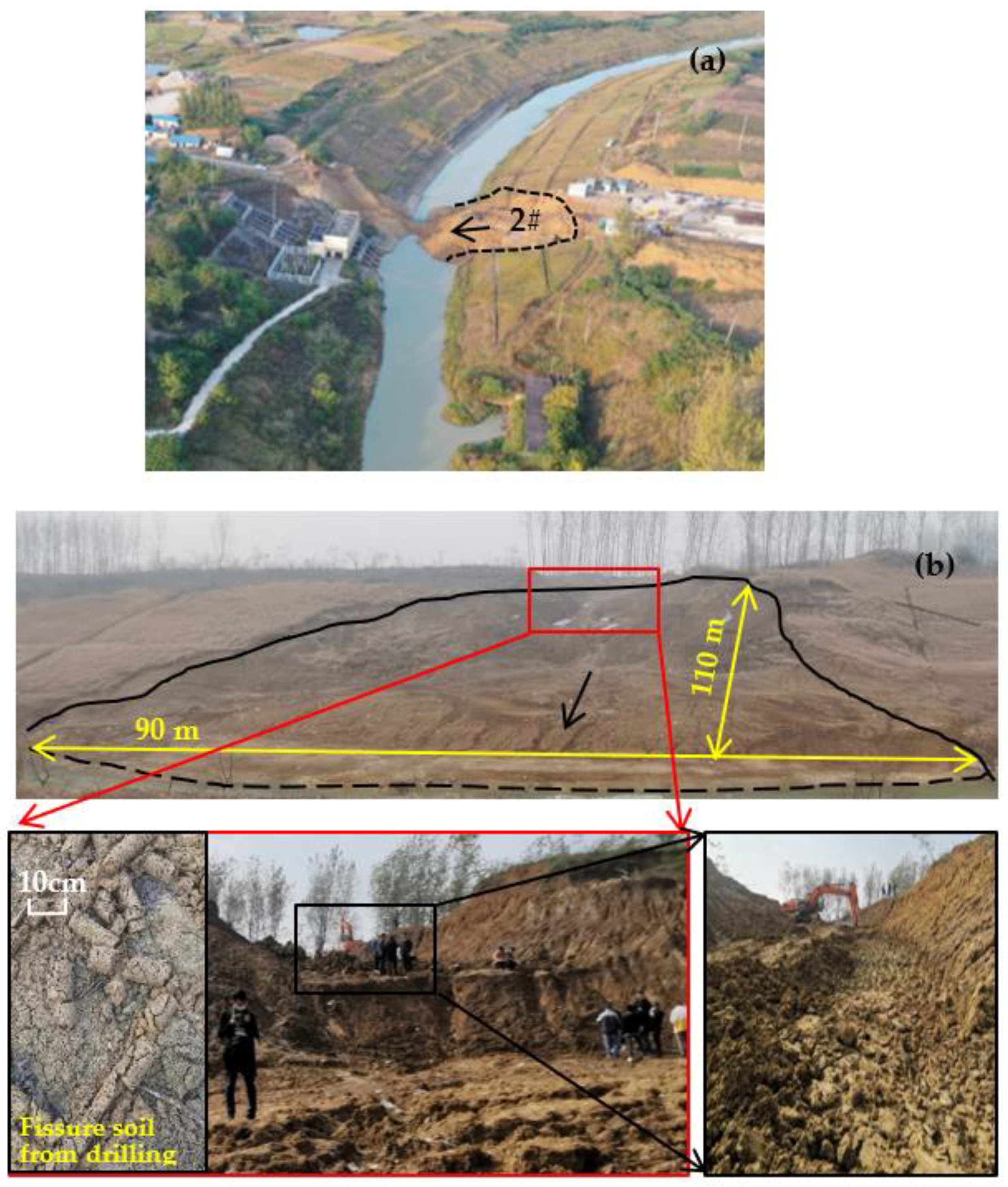
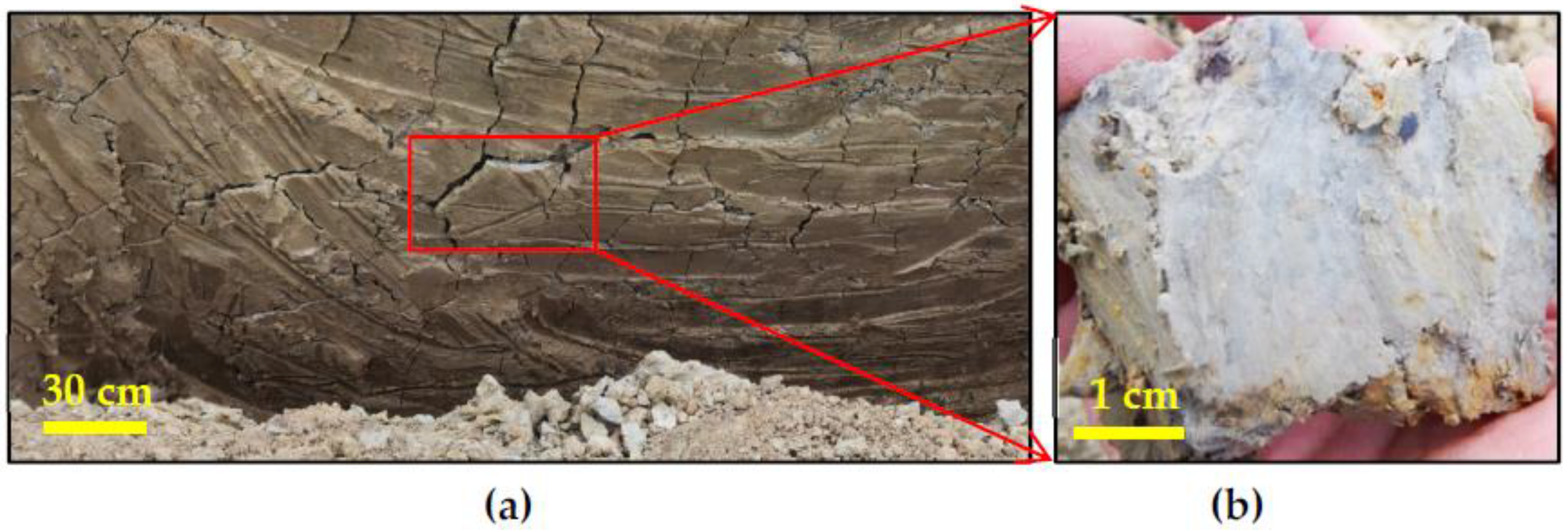
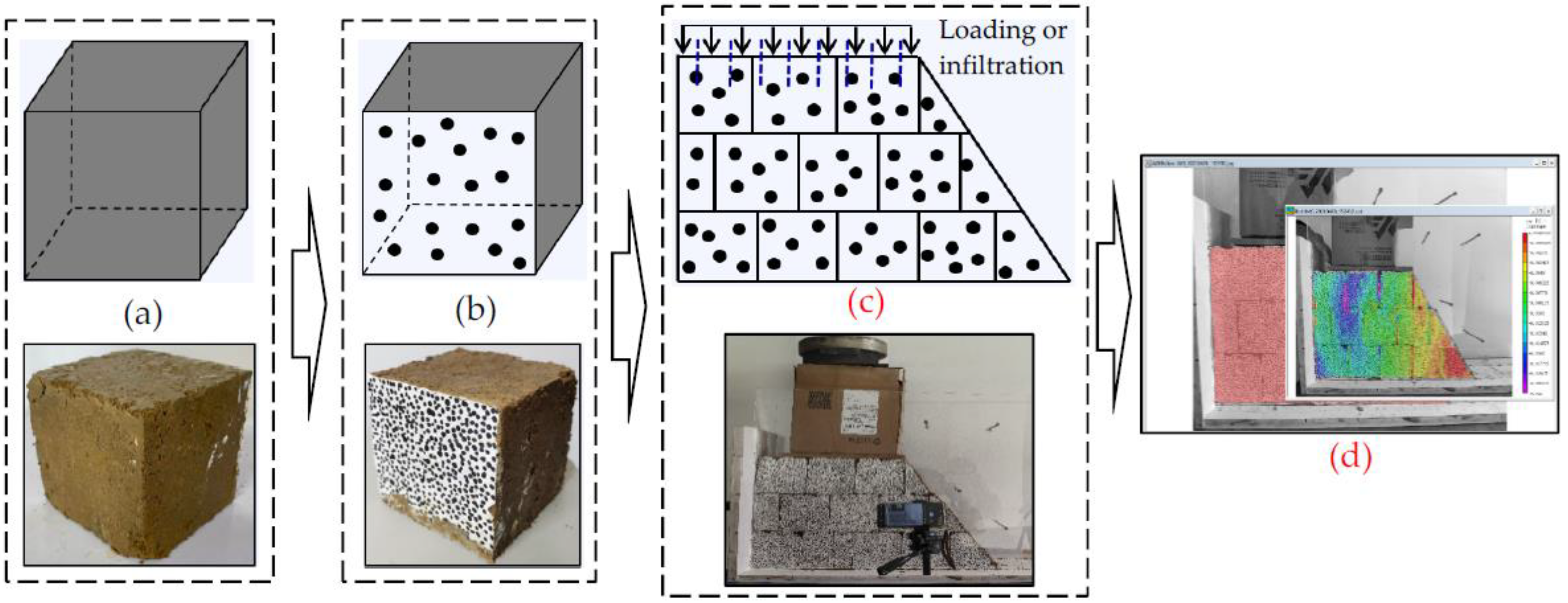
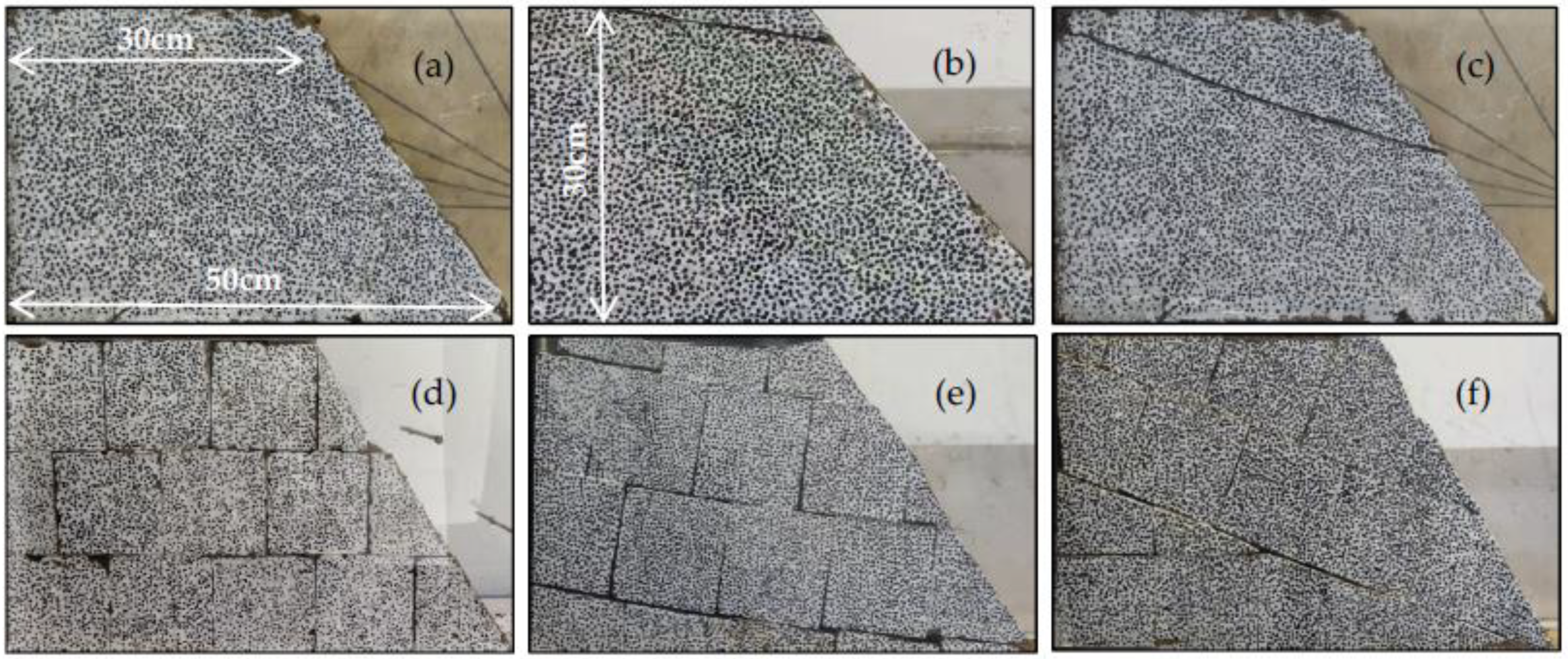
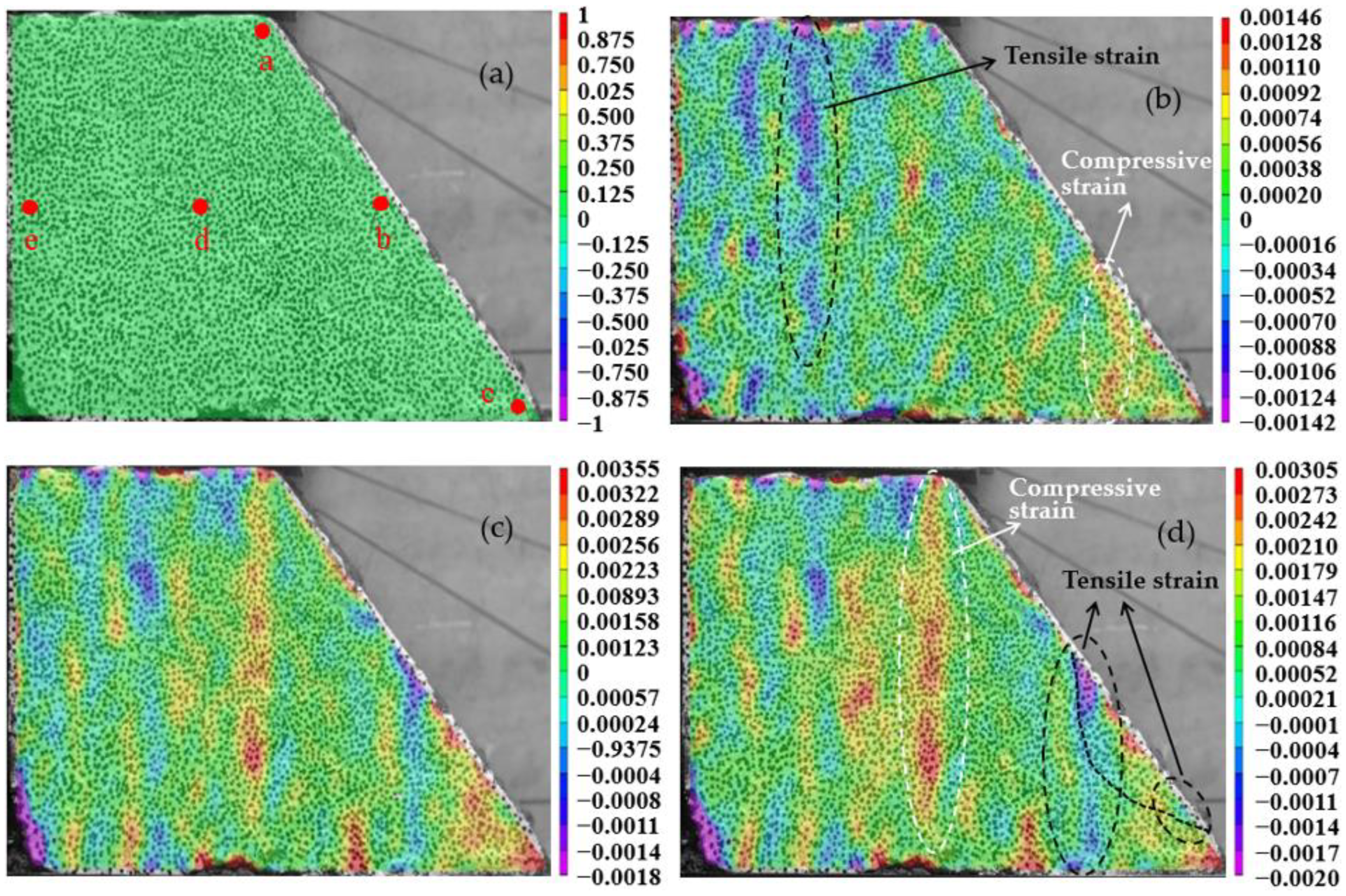

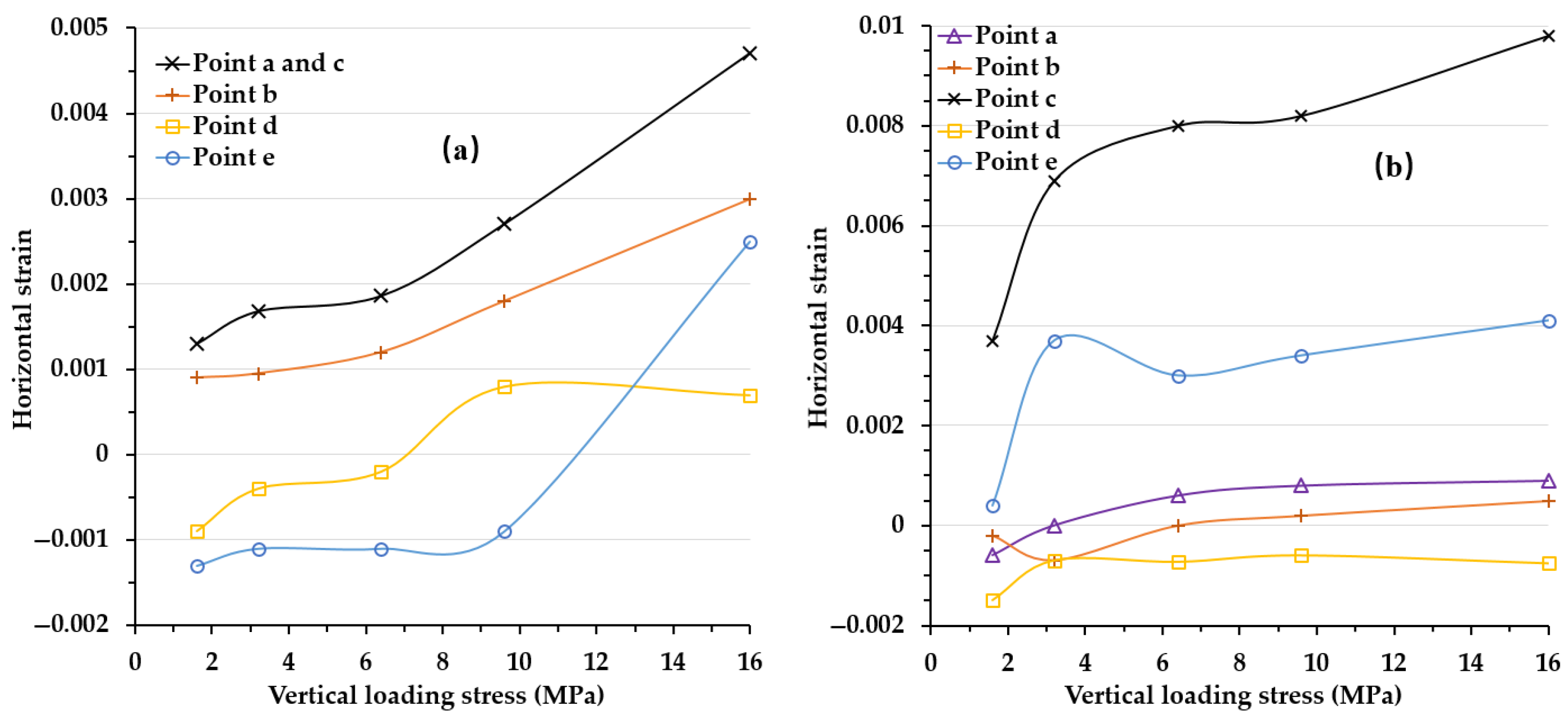
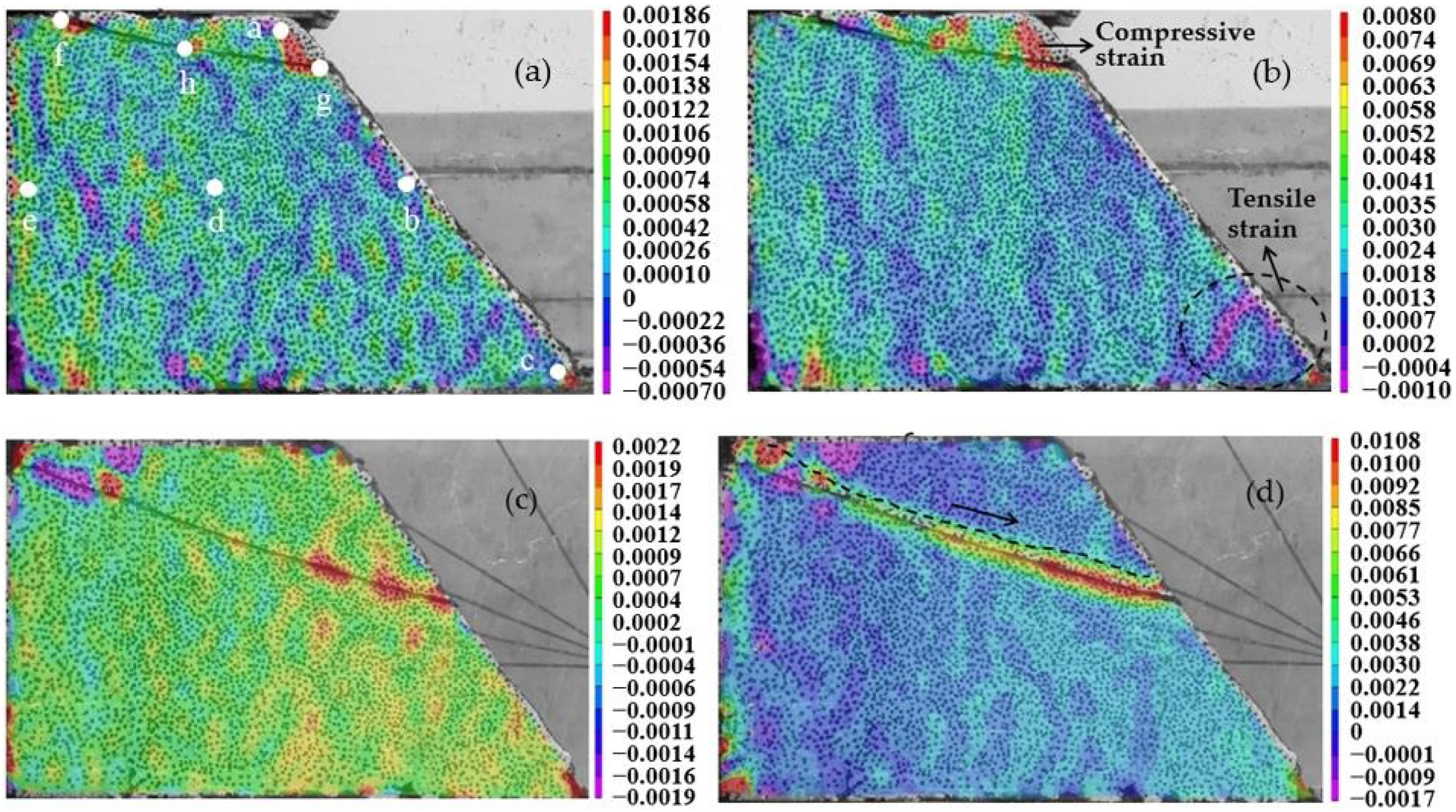
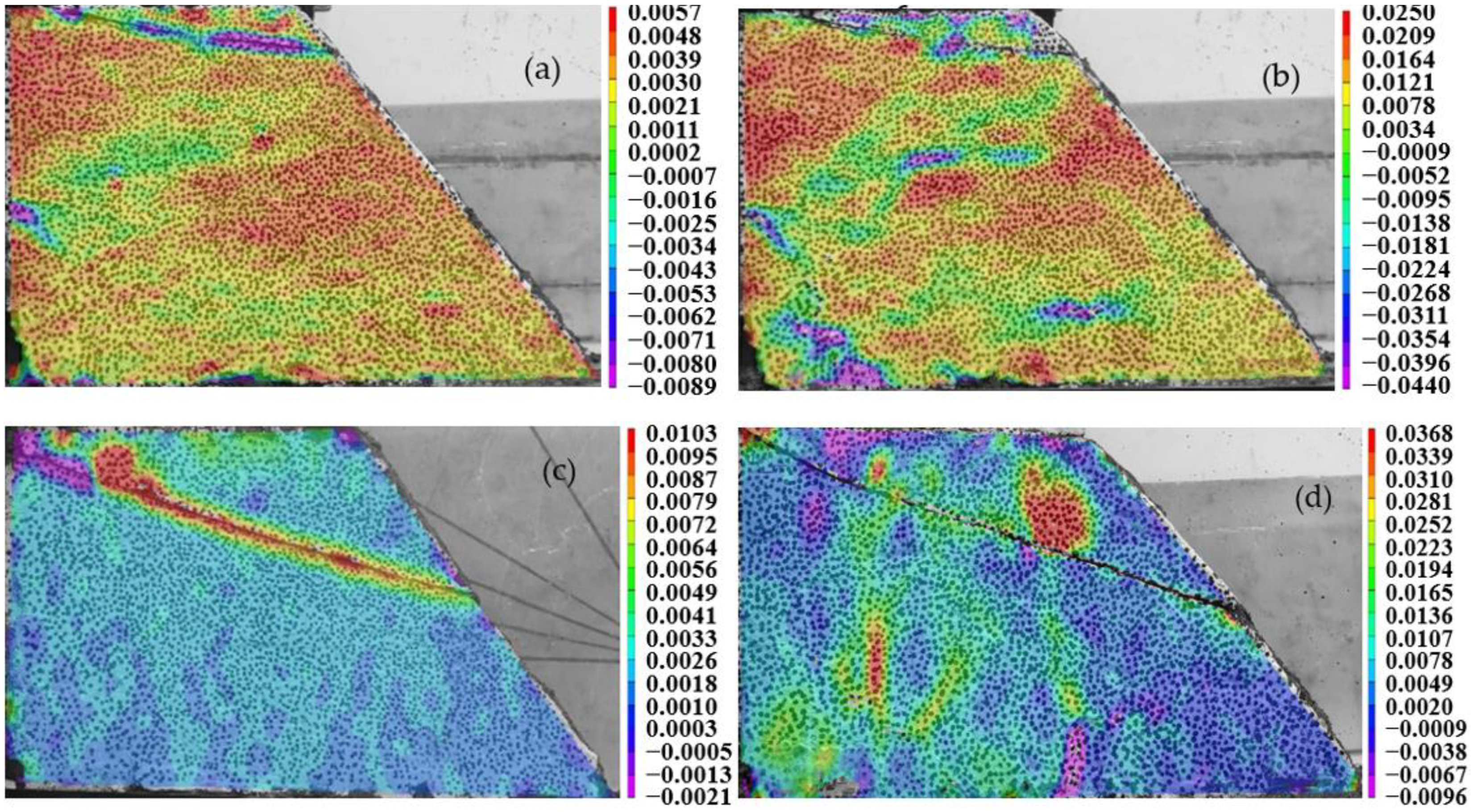
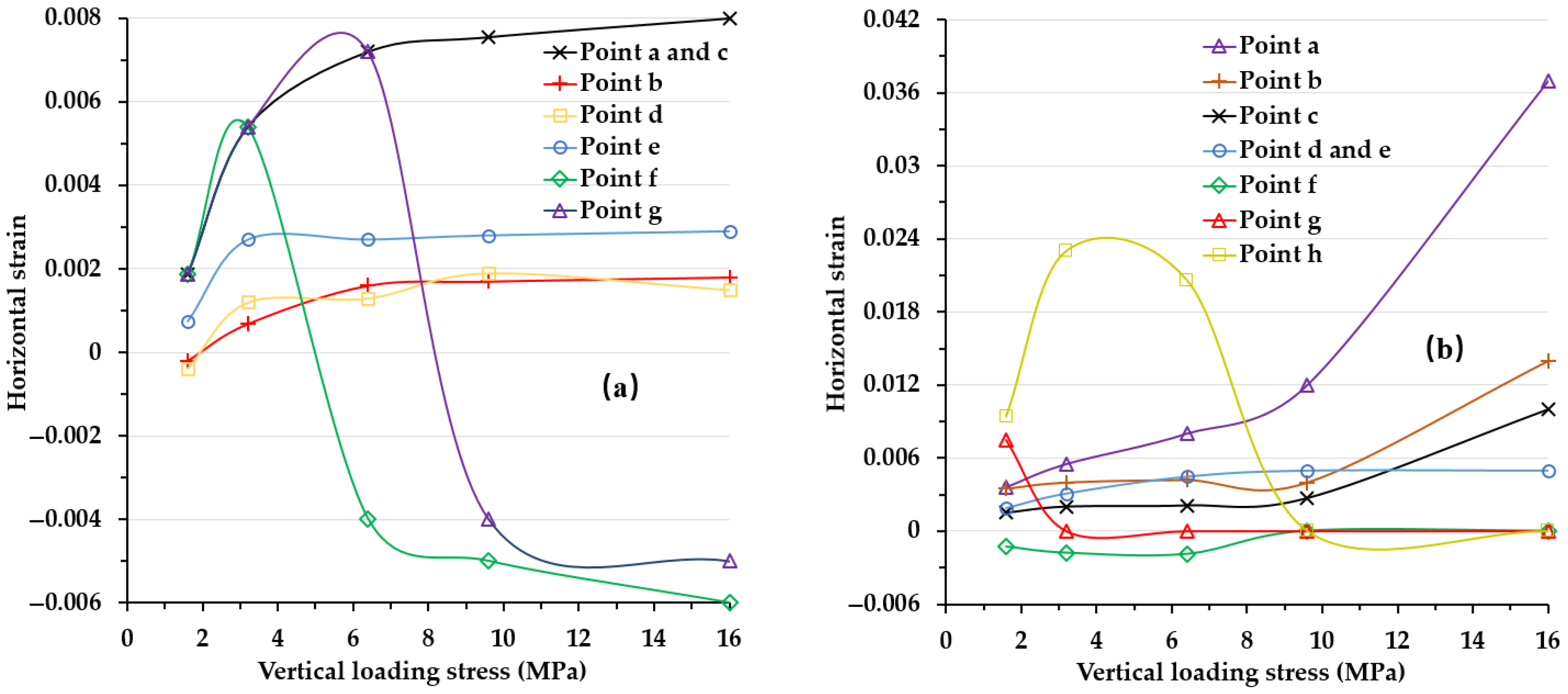

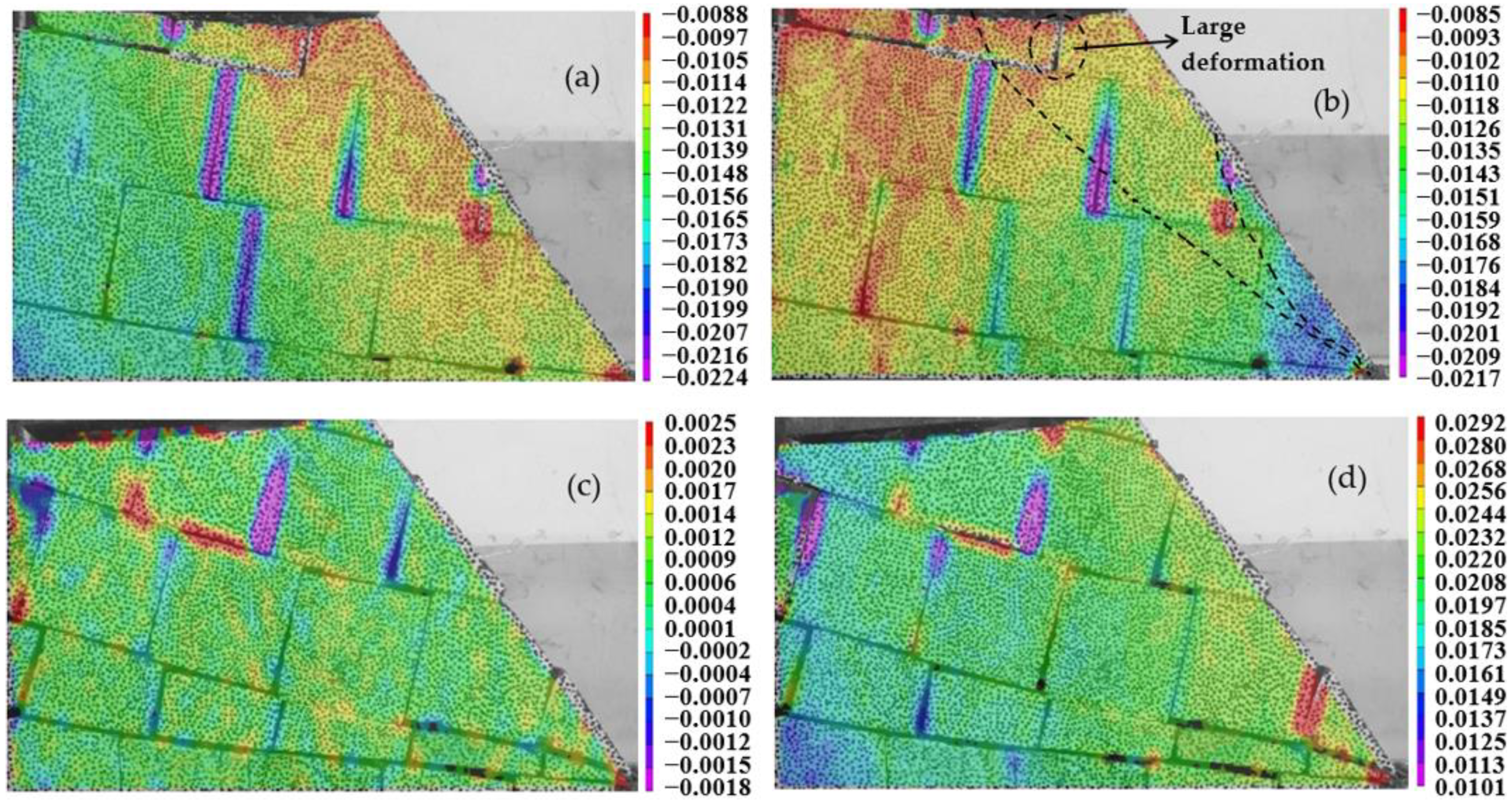
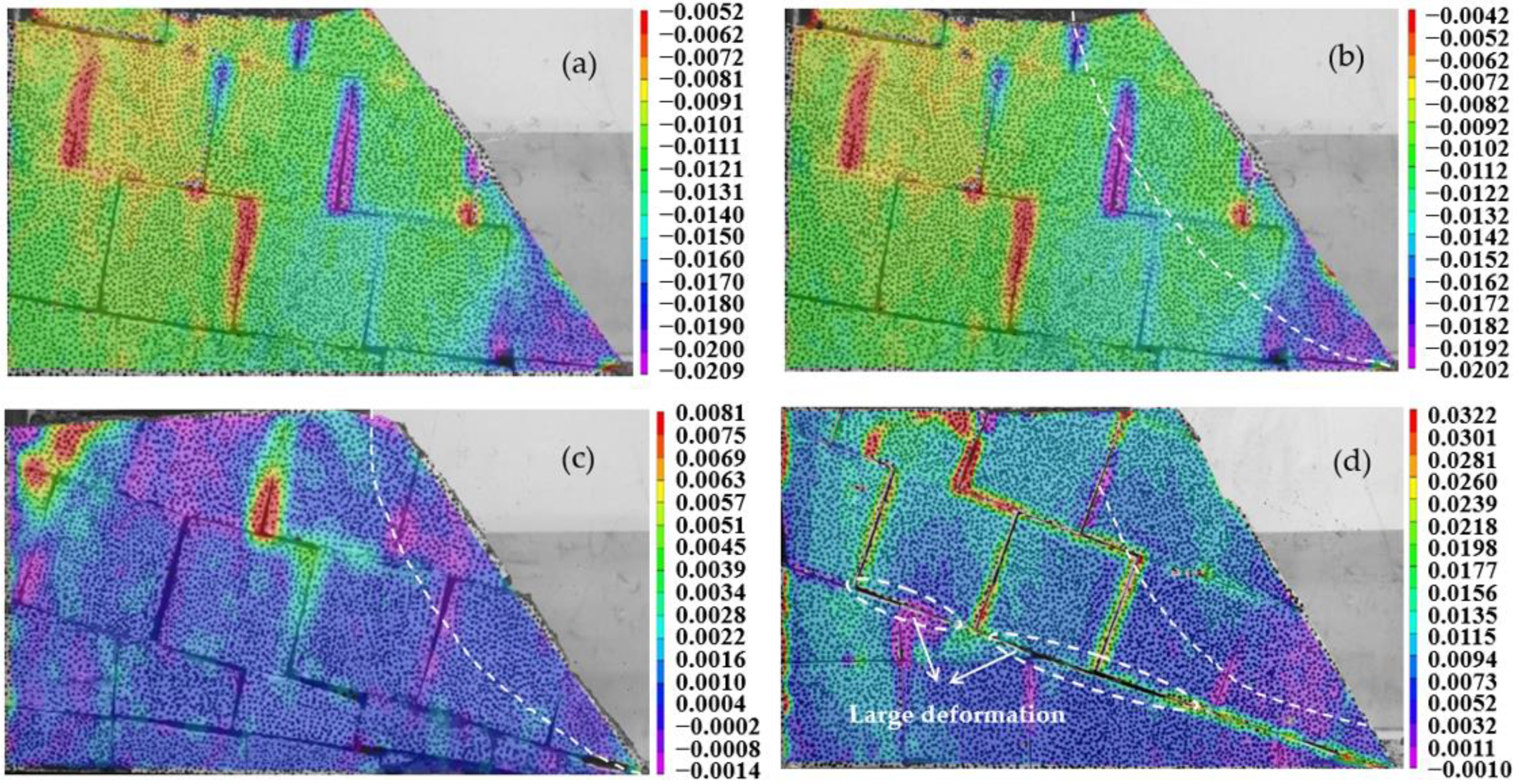


| Water Content (%) | Dry Density (g/cm3) | Free Expansion Rate (%) | Confined Expansion Rate (%) | Unconfined Compressive Strength (kPa) | Smectite Content (%) |
|---|---|---|---|---|---|
| 21.0~23.0 | 1.55~1.75 | 40~65 | 3.0~6.0 | 180~210 | 16.5~19.6 |
Publisher’s Note: MDPI stays neutral with regard to jurisdictional claims in published maps and institutional affiliations. |
© 2021 by the authors. Licensee MDPI, Basel, Switzerland. This article is an open access article distributed under the terms and conditions of the Creative Commons Attribution (CC BY) license (https://creativecommons.org/licenses/by/4.0/).
Share and Cite
Li, Z.; Kong, Y.; Fu, L.; Zhou, Y.; Qian, Z.; Hu, R. Model Test Study on Deformation Characteristics of a Fissured Expansive Soil Slope Subjected to Loading and Irrigation. Appl. Sci. 2021, 11, 10891. https://doi.org/10.3390/app112210891
Li Z, Kong Y, Fu L, Zhou Y, Qian Z, Hu R. Model Test Study on Deformation Characteristics of a Fissured Expansive Soil Slope Subjected to Loading and Irrigation. Applied Sciences. 2021; 11(22):10891. https://doi.org/10.3390/app112210891
Chicago/Turabian StyleLi, Zhiqing, Youxing Kong, Le Fu, Yingxin Zhou, Zhengfu Qian, and Ruilin Hu. 2021. "Model Test Study on Deformation Characteristics of a Fissured Expansive Soil Slope Subjected to Loading and Irrigation" Applied Sciences 11, no. 22: 10891. https://doi.org/10.3390/app112210891





